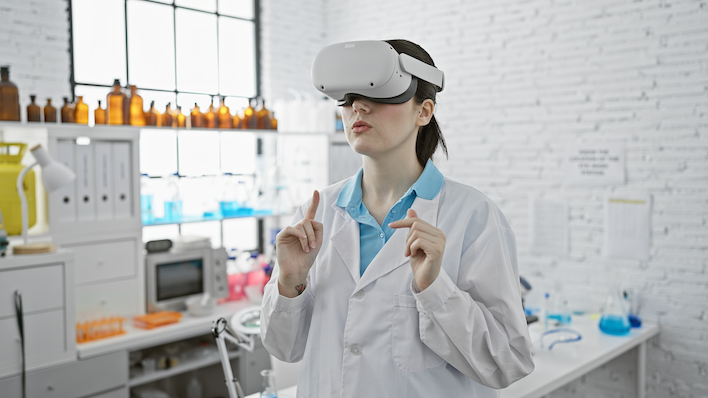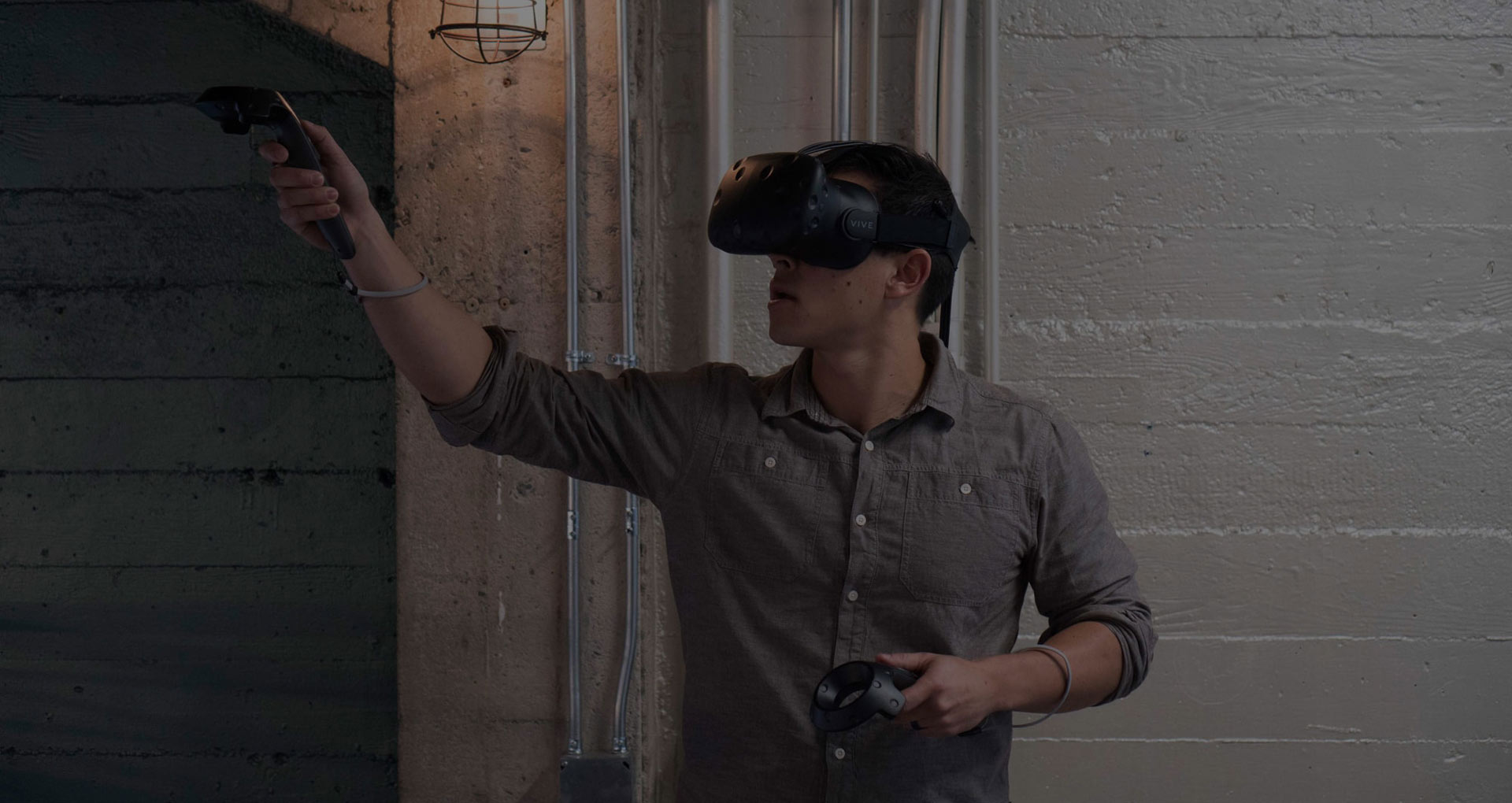Healthcare is a dynamic field constantly seeking new ways to improve patient care, surgical outcomes, and medical education. Augmented reality (AR) and mixed reality (MR) are among the most promising technologies revolutionizing the industry.
Understanding AR and MR in Healthcare
-
Augmented Reality (AR): AR enhances the real-world environment through digital overlays. Imagine a surgeon seeing a patient’s internal anatomy superimposed on their body during surgery or medical students interacting with 3D anatomical models.
-
Mixed Reality (MR): MR seamlessly blends the real and virtual worlds. This technology is used in complex surgical planning and simulations.
Transforming Patient Care
- Pain Management and Distraction: AR and MR offer innovative solutions for pain management and anxiety reduction. “VR offers patients a welcome distraction during uncomfortable medical procedures,” reducing the need for medication (Medway NHS).
- Rehabilitation and Physical Therapy: Engaging AR and MR experiences make rehabilitation more interactive.
- Improved Patient Education: AR helps patients visualize complex medical conditions. “3D medical visualizations have the potential to change how we, as a society, relate to, learn about, and talk about our own bodies” (1 Billion Humans in AI & XR).
Revolutionizing Surgical Procedures
- Precision and Visualization AR overlays critical patient data and anatomical structures in real-time during surgery. “Augmented reality holds incredible promise to improve surgery” (Stanford Medicine). This has led to increased success in knee surgeries (Deccan Herald).
- Remote Collaboration: MR allows surgeons to collaborate with specialists across the globe in real-time. (Ottawa Hospital)
- Surgical Planning: MR facilitates the creation of highly detailed 3D models for pre-surgical planning.
Advancing Medical Training
- Immersive Learning: AR and MR simulations offer safe and controlled training environments. Students and trainees practice complex procedures “without the pressure of real-world consequences” (UNMC).
- Realism and Engagement: AR adds a layer of realism to traditional learning methods.
- Remote and Collaborative Learning: MR enables remote collaboration in training.
The Future is Immersive
While AR and MR have already made significant inroads in healthcare, there’s much more to come:
- AI-powered Diagnostics: AI systems integrated with AR could analyze medical images and highlight abnormalities.
- Telemedicine Expansion: Immersive technology will enhance telemedicine and connect patients and care providers with virtual shared-experiences from different locations. Spatial video, available with the Apple Vision Pro, and starting to roll out to Meta Quest and Pico headsets will add to the realism of these telehealth/telemedicine appointments.
Challenges and Considerations
- Cost: While initial investment in headsets and software can be a consideration, costs have decreased significantly. Many impactful AR and MR experiences can also be accessed through common devices like smartphones and tablets, reducing barriers to adoption.
- Technical Expertise: Implementing these technologies often requires specialized technical expertise, which healthcare providers may need to develop or outsource. Agencies with expertise in immersive technologies can provide invaluable support with strategy, development, and deployment.
- Validation and Regulation: Ensuring the accuracy and safety of AR/MR medical applications requires rigorous testing and regulatory approval. Collaborating with agencies familiar with the healthcare and regulatory landscape can streamline this process.
- Pilot Projects: Before full-scale implementation, pilot projects are crucial. They allow healthcare providers to assess the feasibility, benefits, and potential challenges of AR/MR integration, ensuring a smooth and successful rollout.
The integration of AR and MR in healthcare is a compelling testament to technology’s power to enhance care delivery. As these technologies mature and become more accessible, they will become indispensable tools for surgeons, educators, and patients, unlocking new possibilities for improved health outcomes.
Sources
- The VRARA: https://www.thevrara.com/blog2/2024/4/25/recap-of-1-billion-humans-in-ai-amp-xr
- Stanford Medicine: https://med.stanford.edu/news/all-news/2024/02/augmented-reality-surgery.html
- Deccan Herald https://www.deccanherald.com/health/healthcare/augmented-reality-assisted-knee-surgeries-gain-popularity-with-better-outcomes-3003955
- OBJ: https://obj.ca/the-ottawa-hospital-achiveds-canadian-surgical-first-vr/
- UNMC: https://www.unmc.edu/newsroom/2024/04/08/new-pipeline-will-develop-virtual-reality-for-medical-education/
- Medway NHS: https://www.medway.nhs.uk/news/how-virtual-reality-technology-is-helping-patients-stay-calm-during-medical-procedures/






